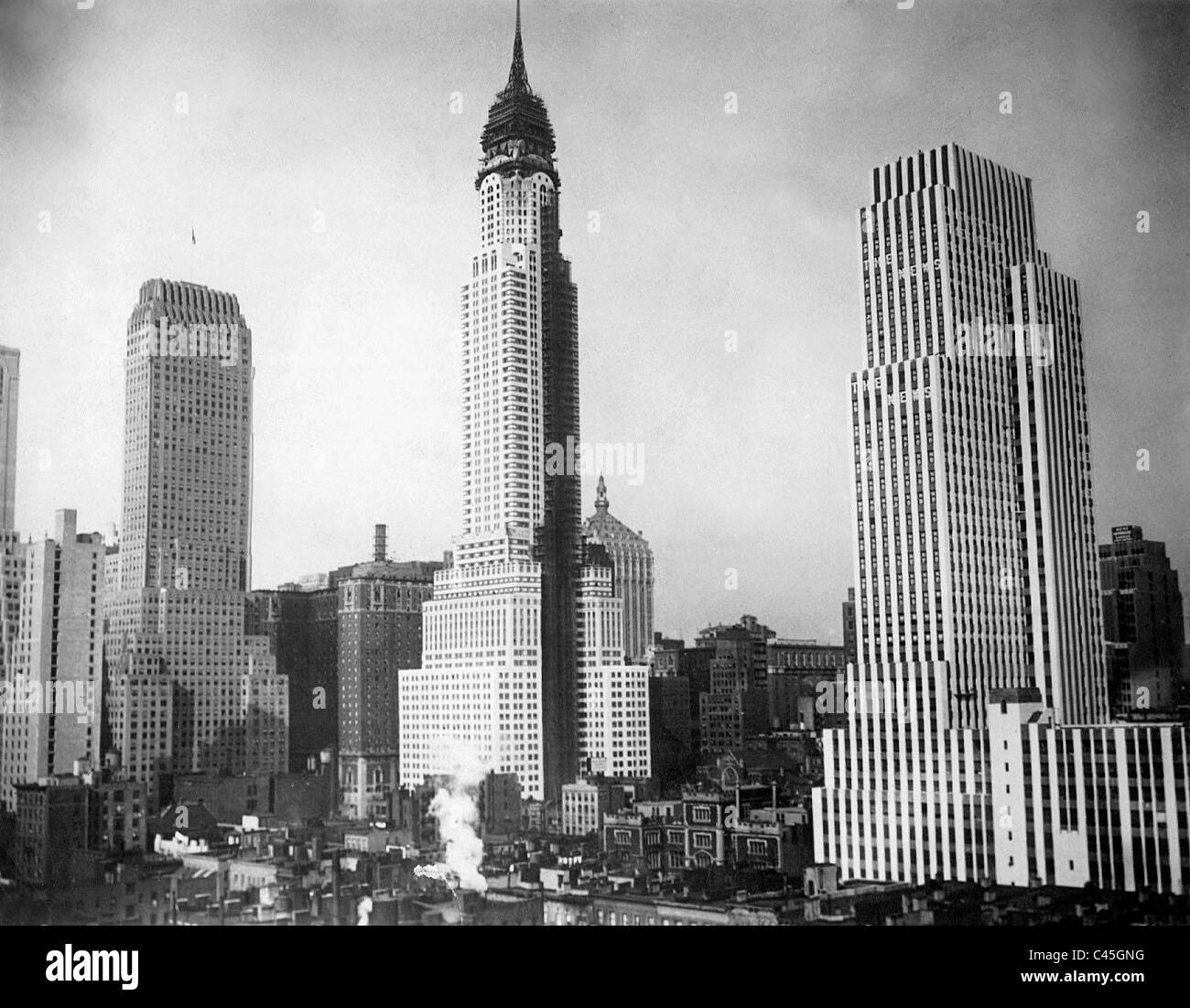

Steel-frame construction allowed a building to support more weight, allowing for taller structures. Īt the time, new technologies were pushing commercial real-estate development ever higher. It was purchased for roughly $15 million in 1929 and scheduled for demolition in favor of an office building. The epitome of style at the time of its construction in 1897, it took only a few decades for the Waldorf-Astoria to fall out of fashion. The Waldorf Hotel was built first not long after, a second hotel was built on the land, and they were joined, thus creating the legendary Waldorf-Astoria. Built in 1856 (the site was previously farmland), the houses were torn down to make way for hotels. The site of the Empire State Building was originally occupied by brownstone mansions owned by members of the illustrious Waldorf Astor family. Today it stands as the tallest building in New York City, a sad, but defiant, reminder of the World Trade Center tragedy. It was displaced in 1972 by the construction of the World Trade Center towers. It was the world's tallest free-standing structure until 1967 and the world's tallest skyscraper for over 40 years. The Empire State Building is an iconic office building known as "the Most Famous Skyscraper in the World." Construction began in 1930, and the grand opening was held on May 1, 1931. Follow him on Twitter at on Faceboo k.Image courtesy Alain Baburam/ Stock.xchng
SKYSCRAPER CONSTRUCTION 1930S SERIES
Watch the Building of the Eiffel Tower in Timelapse Animationīased in Seoul, Colin Marshall writes and broadcasts on cities and culture. His projects include the book The Stateless City: a Walk through 21st-Century Los Angeles and the video series The City in Cinema. Watch the Completely Unsafe, Vertigo-Inducing Footage of Workers Building New York’s Iconic SkyscrapersĪ New Interactive Map Shows All Four Million Buildings That Existed in New York City from 1939 to 1941Īn Introduction to the Chrysler Building, New York’s Art Deco Masterpiece, by John Malkovich (1994) New York’s Lost Skyscraper: The Rise and Fall of the Singer Tower Today, one can easily point to much taller and more technologically advanced skyscrapers all around the world, but how many of them are as beloved or rich with associations? Back in 1931, architecture critic Douglas Haskell described the Empire State Building as “caught between metal and stone, between the idea of ‘monumental mass’ and that of airy volume, between handicraft and machine design, and in the swing from what was essentially handicraft to what will be essentially industrial methods of fabrication” - as good an explanation as any of why they don’t build ’em like this anymore. Only in 1970 did it lose its title of the tallest building in New York City, to Minoru Yamasaki’s World Trade Center - and then regained it in 2001 after the latter’s collapse. The Empire State Building set records, and over the 90 years since its opening has remained a difficult achievement to surpass. That most of them were recent immigrants from countries like Ireland and Italy reflects the popular image of early 20th-century America as a “land of opportunity” the sheer scale of the skyscraper they built reflects the previously unimaginable works made possible by America’s resources. These images showcase the history-making skyscraper’s technical innovations as well as its marshaling of labor at an immense scale: at the height of construction, more than 3,500 workers were involved.


 0 kommentar(er)
0 kommentar(er)
